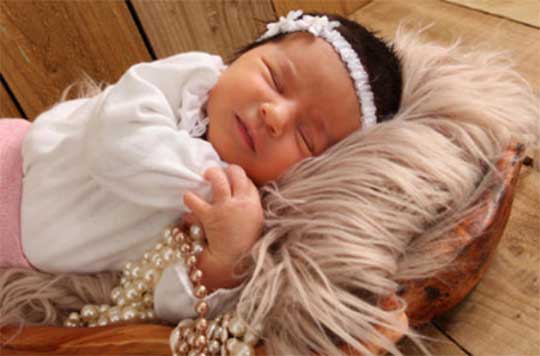

So you’ve been pregnant for what seems like an eternity and you finally have your baby! You have so many emotions: excitement, anticipation, and some fear of some of the dangers that can happen to your newborn. One of these dangers is jaundice, and it can be evident in the first moments of your baby’s life.
You see there were many things going on in your body when you were pregnant, and your bodys’ natural defenses took care of defending your baby. But now that you’ve given birth, your body is no longer defending your baby, so you need to know what to do to take care of your child.
So what is jaundice? Well jaundice is a condition that causes a yellow tint in the skin and eyes. Understand that jaundice doesn’t develop because of something the mother did or didn’t do: it is common in newborns and infants.
Babies will sometimes get jaundice because their liver is not able to get rid of the excess billirubin in their blood. Bilirubin is an orange-yellow substance that is created during the breakdown of your red blood cells. It is a normal byproduct of this process, and is typically eliminated from the bloodstream by your liver.
Newborns typically produce more bilirubin than adults when they are first born. Often their livers cannot get rid of this build up, which is when you get the yellowing of the eyes and skin. This yellow skin can be distressing to parents, but, as you’ll see, it is easily treatable.
Doctors will generally check your baby for jaundice between the 3rd and 7th day after they are born. If jaundice is detected, they typically recommend exposing the infant to sunlight to help them break down the excess bilirubin.
Although jaundice is common in newborns, there are times when there are uncommon ailments which cause your baby to have jaundice. Some of these are as follows:
* the baby having an infection
* the baby’s liver not working correctly
* the baby bleeding internally
* a deficiency in the baby’s enzymes
* an issue with the baby’s red blood cells
* an incompatibility between the mother and baby’s blood
The best way to treat jaundice is to make sure your baby is well fed. When they are born, a newborn will need 8-12 feedings per day.
If the jaundice is more serious, then you may need to take further steps to ensure the health of your baby. One of the more common treatments is using a method called Phototherapy.
Phototherapy is a method that uses light to break down the bilirubin in your baby’s blood using a special light. In this procedure, your baby is put on a bed with goggles to protect their eyes. The heat from the light is then shown on the baby’s skin. This helps to break down the bilirubin in your baby which will bring back your baby’s normal skin color.
Here are some of the symptoms of jaundice in newborns:
* yellowing of the skin and eyes
* lighter poop – your baby’s poop should be more of a greenish yellow color
* your baby doesn’t feed well
* your baby’s urine is dark – it should be colorless
If not treated, high bilirubin levels can cause the following:
* cerebral palsy
* deafness
* brain damage
The good news is that jaundice in newborns is easily treated and those adverse reactions only occur if the jaundice is not treated.
So now that we know what jaundice is, how can you eat so that it helps eliminate your baby’s jaundice? Well there is no specific “jaundice eliminating diet” which will aid in removing jaundice from your baby sooner. There are, however, guidelines which detail how you should eat as a mother who is nursing a newborn. Following these guidelines will help with your babies’ overall health, which will help with jaundice as well.
Now many mothers don’t follow these guidelines to the letter and their babies are perfectly fine. If your newborn has jaundice, however, it is recommended that you follow the guidelines more closely, at least until your little one doesn’t have jaundice any more. Here are the things that should be in your diet:
1) make sure to have protein in your diet 2-3 times per day. This includes, but is not limited to:
* meats
* fish
* poultry
* dairy products
* eggs
* beans
* nuts
* seeds
2) three servings of vegetables each day
3) two servings of fruit each day
4) Incorporate whole grains each day which includes:
* whole wheat bread
* oatmeal
* cereal
* pasta
5) Make sure to drink enough water as you can get quite thirsty as you breastfeed
6) If you are a vegetarian, your diet is perfectly compatible except for the fact that you will need some sources of iron and zinc, which are normally supplied by meat. You can get these in the following ways:
* dried fruit
* nuts
* seeds
* dried beans
* dairy products
It can be scary to see your baby with a yellowish tint when first born, but understand that this is a normal occurrence. You’ve done nothing wrong, and it can be easily corrected by following the standard prescribed guidelines.
By following the guidelines the yellow will be gone from their eyes and skin in a week or two and they’ll be out of the danger zone. Just make sure that they’re feeding consistently and having regular stools and your baby will be just fine.